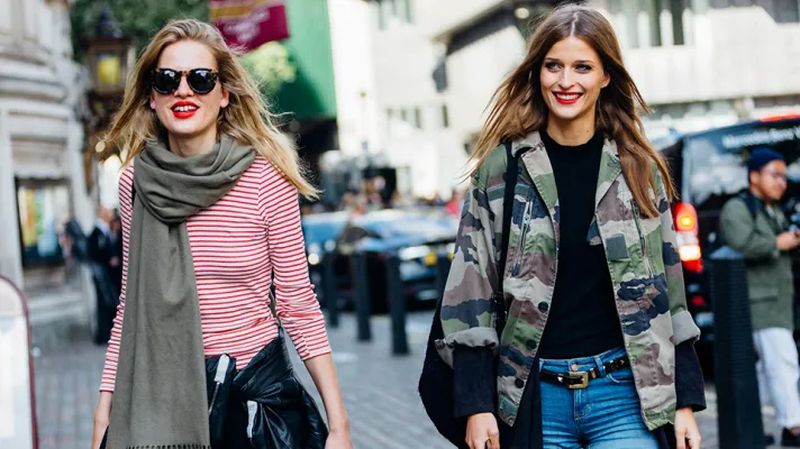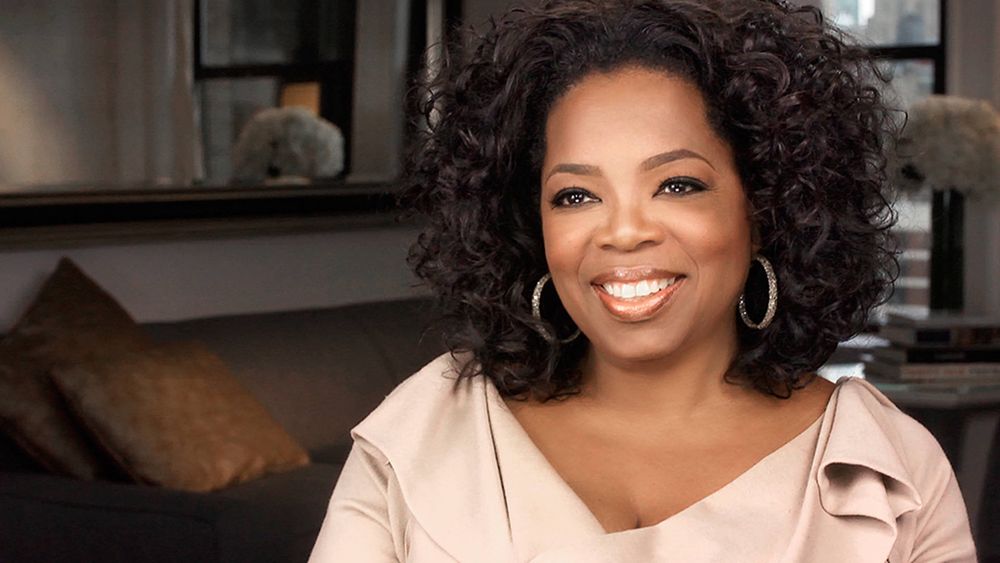Fashion is not just about following trends; it’s about comfort, confidence, and expressing individuality. As the seasons change, so do our wardrobe needs. Adapting your style to match the weather while maintaining a sense of personal flair can be challenging, especially with the unpredictable climate shifts influenced by global warming.
- Understanding Seasonal Fashion Challenges
- The Problem: Staying Stylish Through Seasonal Shifts
- Causes: Rapid Weather Changes and Trend Cycles
- Consequences: Discomfort and Fashion Faux Pas
- Seasonal Fashion Tips: Staying Trendy and Comfortable All Year Round
- Spring
- Summer
- Fall
- Winter
- Solving Seasonal Fashion Issues
- Versatility is Key
- Plan and Prepare
- Invest in Quality Basics
- Prevention: Staying Stylish Year-Round
Understanding Seasonal Fashion Challenges
The Problem: Staying Stylish Through Seasonal Shifts
Transitioning from one season to another often leaves many grappling with inappropriate attire—either overdressed for a suddenly warm spring or underdressed in an unexpectedly cold fall. The key challenges include finding versatile clothing that can adapt to changing conditions and keeping up with fashion trends without compromising comfort.
Causes: Rapid Weather Changes and Trend Cycles
The rapid change in weather conditions, exacerbated by climate change, often outpaces our ability to adjust our wardrobes appropriately. Moreover, the fashion industry’s fast-paced trend cycles make it hard to keep up without constantly buying new clothes, which is neither economical nor sustainable.
Consequences: Discomfort and Fashion Faux Pas
Wearing out-of-season clothes not only causes physical discomfort but can also lead to fashion mistakes that may affect personal and professional impressions.
Seasonal Fashion Tips: Staying Trendy and Comfortable All Year Round
Adapting your wardrobe to suit each season doesn’t have to be a daunting task. Here are practical tips to keep you stylish and comfortable throughout the year:
Spring
- Layer Wisely. Spring is all about layers. Start with light fabrics like cotton and linen, and have sweaters or a stylish jacket handy for cooler days.
- Bright and Light Colors. Embrace lighter shades and pastel colors that reflect the season’s fresh feel.
Summer
- Go Breathable. Opt for breathable fabrics like cotton, linen, and chambray to stay cool.
- Sun Protection. Incorporate wide-brimmed hats and flowing scarves that provide style as well as protection from the sun.
Fall
- Transitional Outerwear. Invest in transitional pieces like trench coats and leather jackets that offer warmth without the bulk.
- Rich Colors and Textures. Switch to richer colors and textures like burgundy, navy, and corduroy to reflect the autumn mood.
Winter
- Layer for Warmth. Use thermal layers beneath your main outfit and top it with a high-quality coat.
- Accessorize. Use scarves, beanies, and gloves not only for warmth but also to add a pop of color to your winter wear.
Solving Seasonal Fashion Issues
Versatility is Key
Choose pieces that can easily transition between seasons. For instance, a denim jacket can be useful during spring, chilly summer evenings, and early fall.
Plan and Prepare
Stay ahead of the weather by checking forecasts regularly and planning outfits accordingly. This helps in avoiding last-minute mismatches and discomfort.
Invest in Quality Basics
Quality over quantity always wins. Invest in a few key pieces that are durable, timeless, and versatile. These can be paired with seasonal items to create a fresh look without overhauling your entire wardrobe each season.
Prevention: Staying Stylish Year-Round
Maintain a capsule wardrobe with pieces that are easily adaptable for any season. This not only saves space and money but also ensures that you are always prepared for any weather condition. Additionally, staying informed about upcoming trends can help you integrate new styles in a way that complements your existing wardrobe.
Navigating seasonal fashion effectively requires a blend of preparedness, adaptability, and a keen eye for trends. By focusing on versatility and investing in quality basics, you can ensure that your style remains uncompromised, regardless of the weather. Embrace the changes each season brings by planning ahead and choosing clothes that offer both function and fashion.










